We’ll let the headline figures speak for themselves: 1,480bhp developed from a heavily redeveloped version of the Veyron’s quad-turbocharged W16; 1,180lb ft of torque between 2,000 and 6,000rpm; a limited (yes, limited) top speed of 261mph; and an eye-watering, before-options price tag of 2.4m euros. ‘We left behind us all the parameters we were familiar with, and defined new ones that had not existed before’. That they did – the Chiron is the most powerful and fastest production car in history, a mantle we suspect it will hold for some time.
A positive step forward
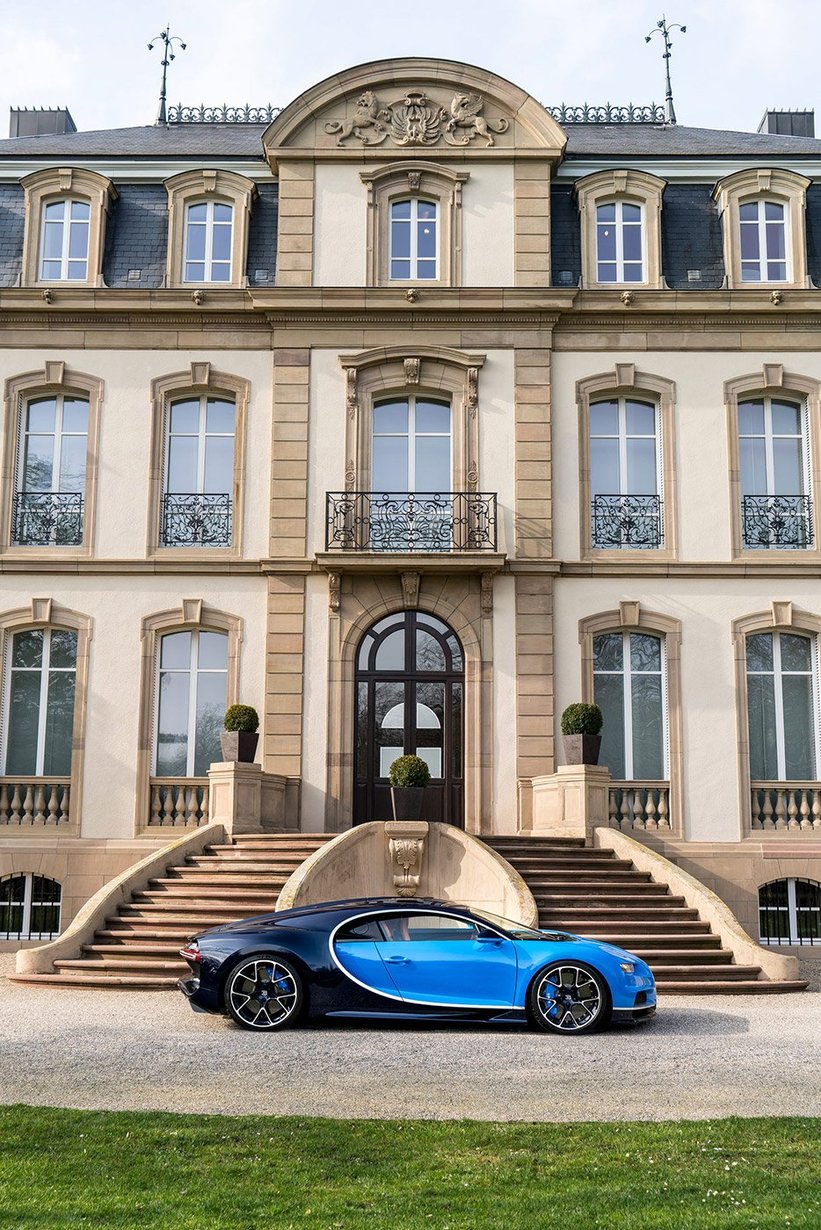
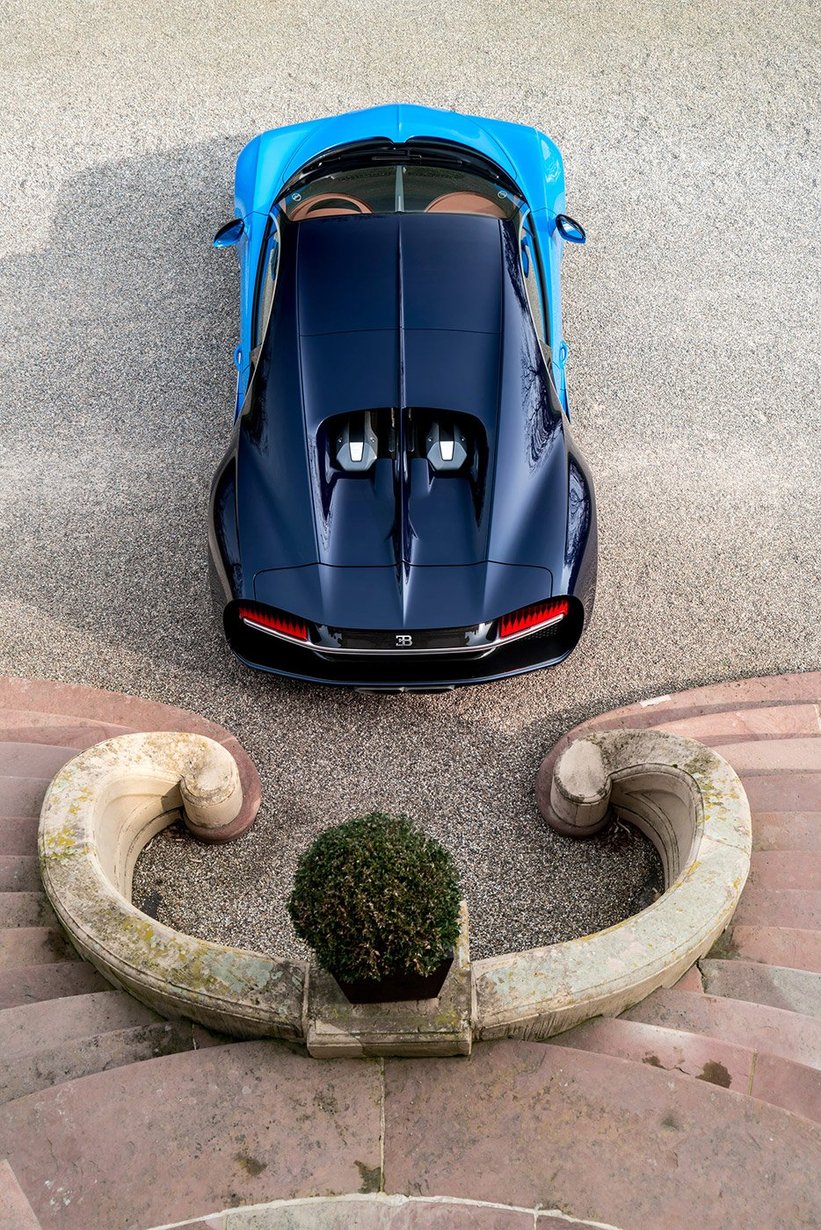
The aerodynamics-driven design is more agreeable than the Veyron’s and, thankfully, infinitely more elegant than the motorsport-oriented Vision Gran Turismo Concept that was revealed several months ago (though its influence is clear to see). Most obvious is the swooping C-shaped curve (for Chiron) that punctuates the entire side-profile of the car. Whereas the Veyron always looked more menacing in a single colour, the Chiron’s two-tone scheme works well, particularly with the aforementioned curve. Shame about the VW-sourced door handles, though.
Nods to the past, rooted in the present
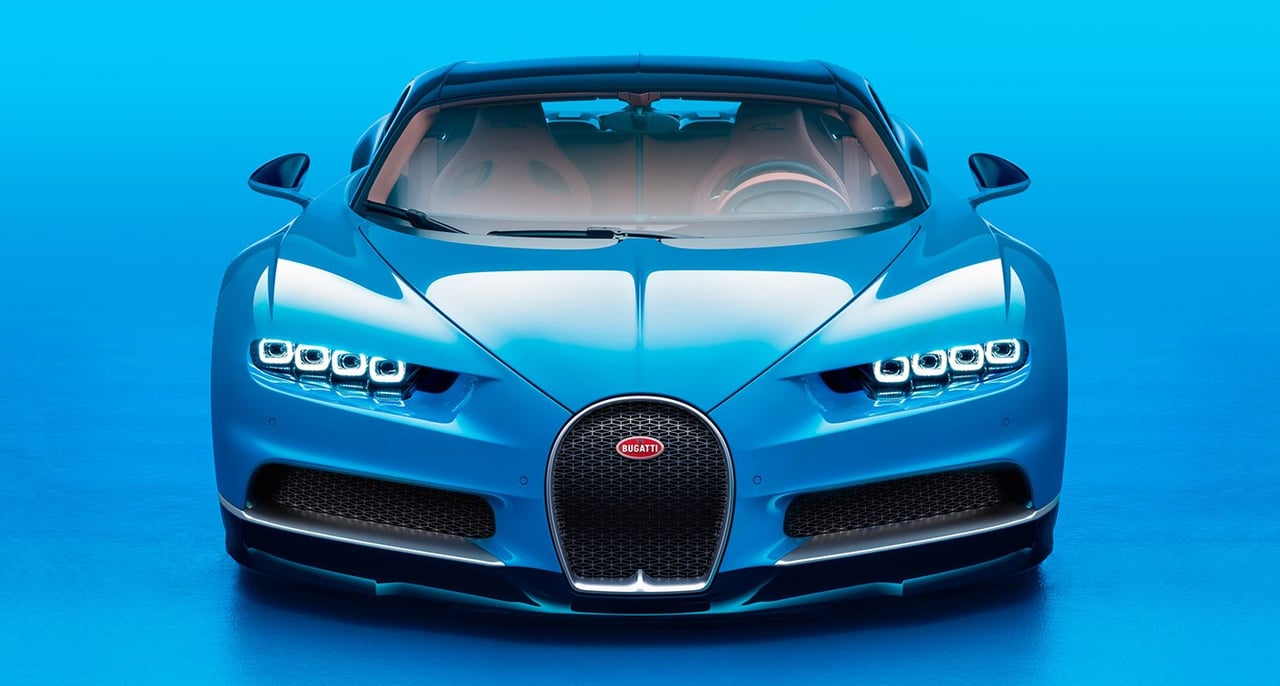
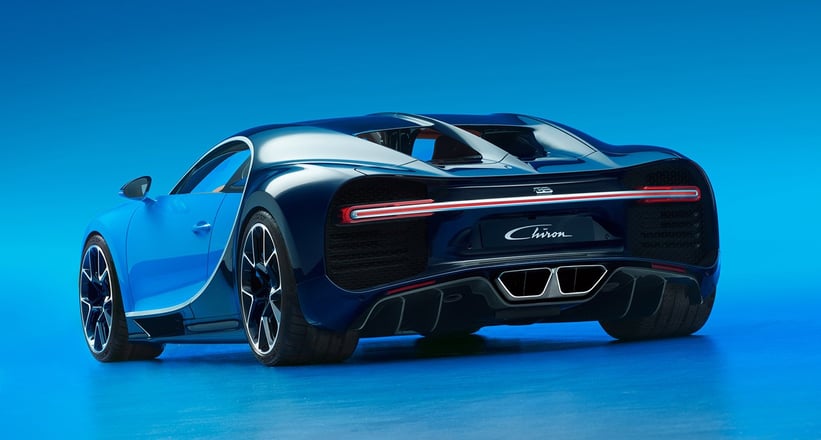
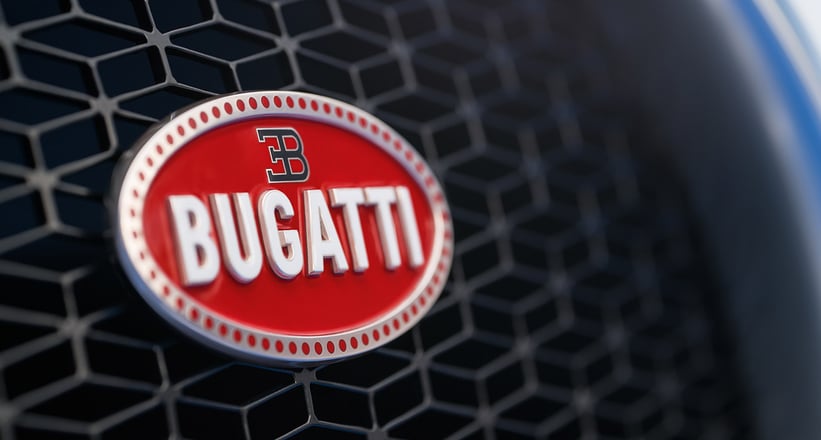
The discreet central spine-like fin that spans the entire car harks back to the Type 57SC Atlantic, juxtaposed by the sharp and futuristic headlights and single rear-light bar. Resplendent in its six layers of paint, the Chiron is a truly fabulous looking car, which only gets better the more you study it. And inside things are just as promising. Allegedly there are few restrictions when it comes to the individual specification of the beautiful interior; we suspect the customer’s willingness to eat further into their financial resources will be the primary limitation. Another thing to note is the 500kph speedometer, something we can’t quite get our heads around.
Skin-deep
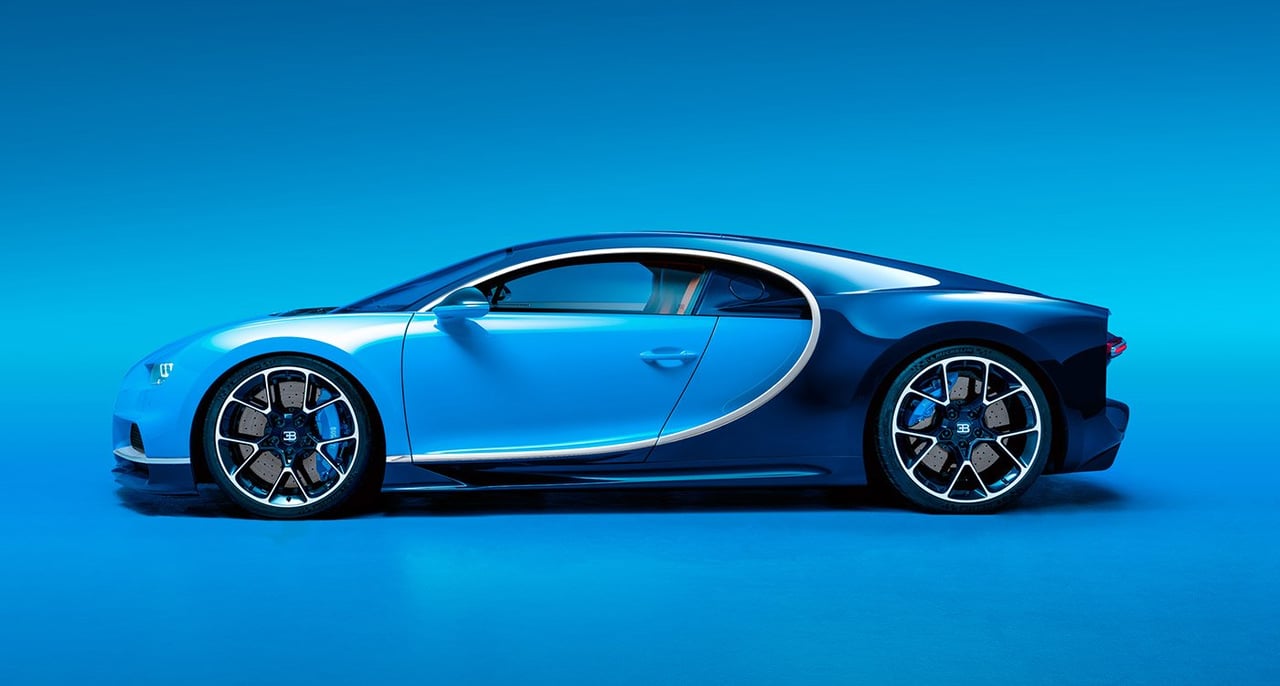
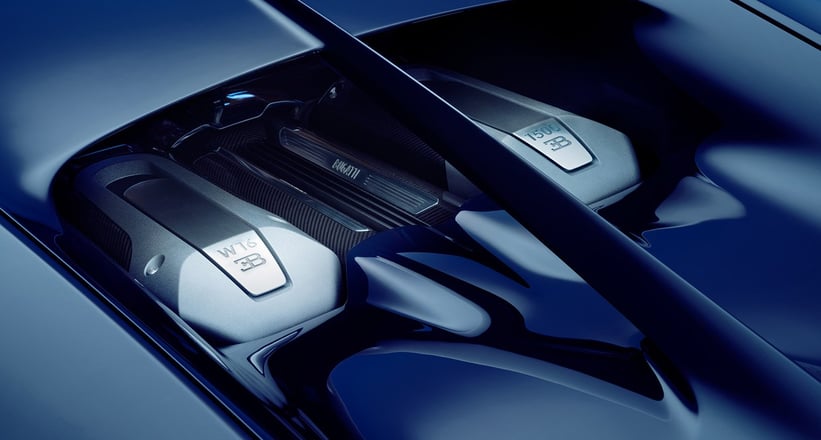
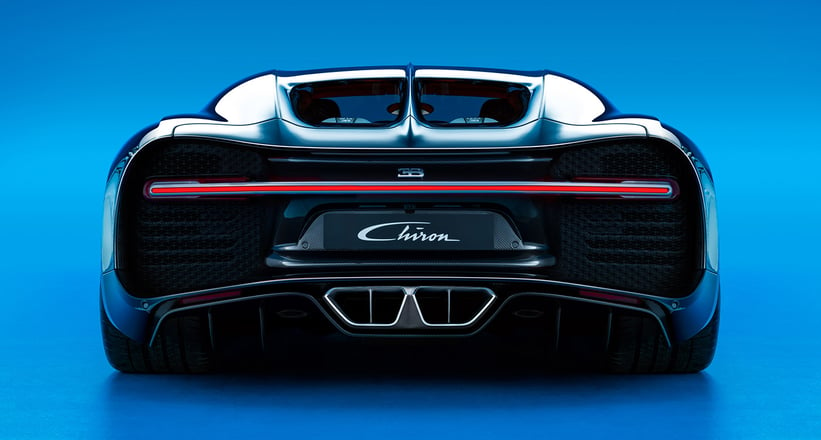
Technology-wise, the Chiron is built around a new, incredibly strong carbonfibre monocoque chassis. Upgrades to the engine include a two-stage turbo system, using the four, 30-percent-bigger turbochargers in varying degrees across the rev range. Elsewhere, there’s a new ‘Adaptive Chassis’ suspension system, with five designated modes dependant on the type of driving you’re doing – including a ‘Top Speed’ setting that primes the car for high-speed cruising. Vast carbon-ceramic discs provide sufficient stopping power, while 10 separate radiators keep things cool (no mean feat, it must be said). Just as with the Veyron, active aero is employed by way of an automatic four-stage rear spoiler and, new for the Chiron, a hydraulic flap up front to reduce drag and aid brake cooling.
Big shoes to fill...
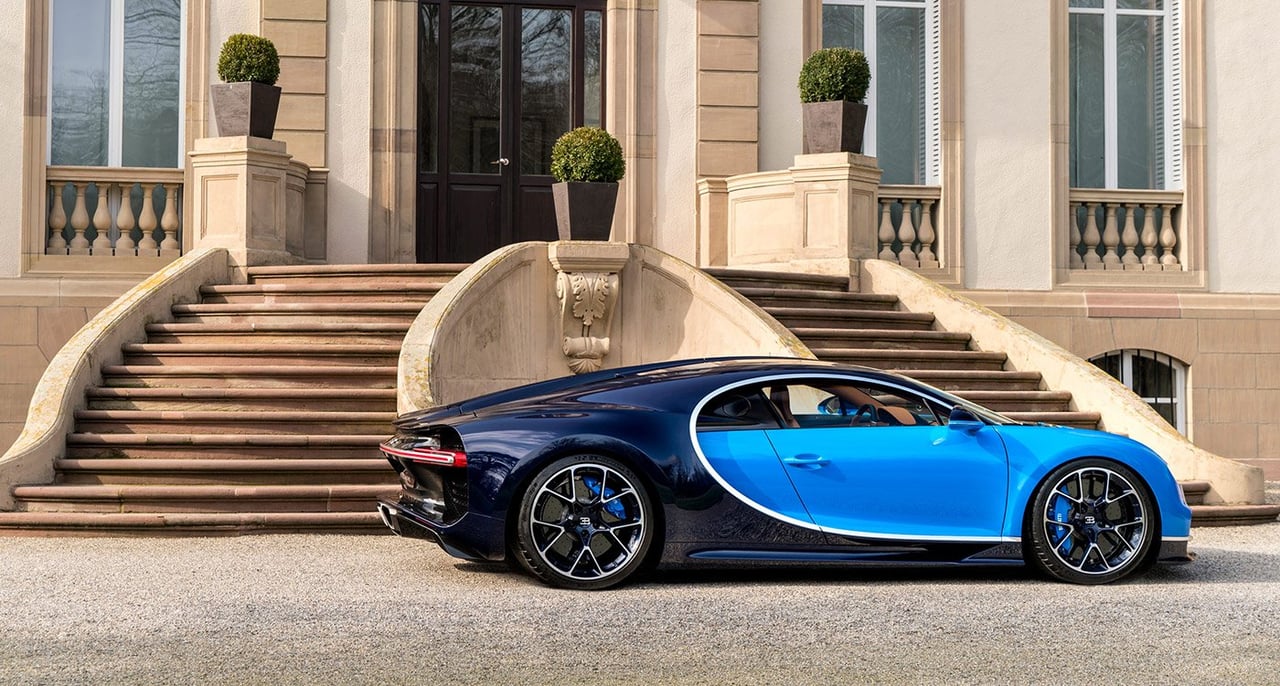
Bugatti says that just 500 Chirons will be built, though given the Veyron’s longevity, we’d bank on some special or ‘hotter’ edition variants arriving further down the line. And speaking of the Veyron, will the latest offering from Molsheim make its older brother even more collectable?
Photos: Bugatti
































